-
Posts
87 -
Joined
-
Last visited
-
Days Won
4
Content Type
Profiles
Forums
Resource Library
Events
Gallery
Blogs
Store
Community Map
Posts posted by h gricer
-
-
While sorting through my slide collection I came across a photo I took of the prototype covered gypsum wagon 26674 at North Wall on Monday 25th November 2002, it did 1 trip to Kingscourt on a trial, the entire fleet was to end up this way, but it never happen, issues with the ILDA dispute and then the traffic ceased in October 2001.
-
 4
4
-
 3
3
-
 1
1
-
-
On 12/29/2019 at 2:09 AM, DiveController said:
Not sure if this is the most appropriate place to post but the very first picture in the book shows 111 (not 112) with a train of bubbles from Cabra iirc. Was just wondering why 111 was so far out of her native territory?
In late 1997 and in the spring of 1998 111 replaced 112 temporarily as 112 was getting work done to it. In the beet campaign of 1997 111 spent some time in Mallow doing trip workings of sugar beet between Mallow Station and Mallow Beet Factory Sidings, when the beet campaign finished it was sent back to the Dublin Area were it spent January and February working the Cabra cement and the bogie bulkers between Drogheda and North Wall, it eventually returned to Belfast. 112 is probably the best of the 3 and in recent years workings of 111 and 113 are rare south of the border, it's always 112 that works south if and when required.
Regards
h.gricer
-
 1
1
-
 1
1
-
 1
1
-
-
There was also a little known prototype gypsum wagon that was trialed in the late 1990s with a red cover strapped down to prevent the gypsum from getting wet, I thought it was amusing at the time as the gypsum was carried for over 60 years without covers, it was planned to introduce covers for the gypsum wagon fleet, then the ILDA dispute delayed it, when the dispute finished, the gypsum finished too and the gypsum wagon covers was abandoned.
Regards
h gricer
-
 1
1
-
 1
1
-
-
On 11/5/2019 at 9:40 PM, thewanderer said:
The South Wexford Railway
This gallery was originally published in April 2012 and has been expanded in November 2019 with the addition of 75 photos to the gallery. The gallery now covers the route from Waterford eastwards to Rosslare Strand with photos of the route since services were suspended in September 2010 including some of the rolling stock and PWD movements over the route.
Click https://bit.ly/2NIMOOP to view.
Wanderer an amazing selection of photos, but this photo at Campile lineside I can't get over the height of the Leyland Cypress trees, who planted those trees, the adjacent land owner or Irish Rail, probably unlikely Irish Rail, the photo is very recent 28th October 2019

Regards
h.gricer
-
On 5/17/2019 at 5:02 AM, DiveController said:
Are you saying there was a specific subset upgraded to carry 48T or all were upgraded, and were there any physical modifications performed or they were just re-rated at 48T?
YES!!!! These were strengthen wagons to take the increased weight of the Bord na Móna peat briquettes and it was very clearly marked on the wagons to avoid a mistake being made, loading briquettes into a 40toner could have disastrous consequences even with the timber markers, the 40ton wagons only fully loaded over the bogies and limited loading in the centre, timber markers preventing higher loading, the 48 toners were ungraded and strengthen, when the peat briquette traffic finished, the 48 toners continued in use for fertiliser traffic and I noticed on several occasions fully loaded in the centre, ah yes, I notice back in 1995 a new 201class locomotive hauling 10 48 toners out of Shelton Abbey, I'm surprise that a thread has run to 4 pages about fert wagons and no mention of Bord na Móna peat briquettes, the 48toners got a new contract in transporting coal to a fuel merchant at Cabra adjacent to the cement depot, but only 2 trains ran, the business didn't fully materialise, that's another story.
Regards
h.gricer
-
 1
1
-
 5
5
-
-
Bord na Móna peat briquettes inside a 48ton fertiliser wagon in North Wall 3rd October 1993, briquette trains usually 8 bogies, unlike fert trains 10 bogies, peat briquettes are super heavy, try carrying 1 bale from the supermarket, the 48 ton wagons and 40 ton wagons were clearly marked.
Regards
h.gricer
-
 9
9
-
 1
1
-
-
On 7/28/2018 at 5:30 AM, Mayner said:
The bogie fertiliser wagons were originally rated at 40 ton capacity and appear to have been uprated to 48tons at some stage during the IE era.
These were uprated wagons to carry Bord na Móna briquettes from Thurles to North Wall, the briquettes would be unloaded adjacent to the old L.N.W.R station in the Holyhead Yard North Wall.
Regards
h.gricer
-
 1
1
-
-
That's a great photo of the LNWR station, and to think it stood for over 80 years till it was completely demolished during the Celtic Tiger years by Treasury Holdings, I was very lucky to be on an IRRS tour back in July 1988, the inside hadn't changed in 80 years when that early photo was taken.
Regards
hg
-
Great video fishplate, just looking at the broadcast date 14th November 1979, 37 years ago this week, a time snap from another time.
Regards
hg
-
Now the question of all time. Is that IE orange or CIE tan they used?

IE orange, the original ''yankee tan'' shade was no longer available I'm told, but it still looks great, they came in that CIE livery when they got repainted but the CIE wheel may have changed colour, but it doesn't matter, it's only a minor detail, a case of splitting hairs, great credit to all involved, does bring back memories, and adds more interest. There's barrels of IE orange in Inchicore from painting locos over the years,so plenty of that shade, still looks fantastic.
Regards
hg
-
[ATTACH=CONFIG]22924[/ATTACH]
Just to add to H Gricers very detailed post this is one of additional ammonia wagons delivered in 1995
Flange that's 32023 it was on display at the Inchicore openday in June 1996, I took a similar photo, a new freight wagon at the time, who would have thought, 20 years ago, a different time, a different climate.
Regards
hg
-
[ATTACH=CONFIG]22917[/ATTACH]
The unskirted ammonia wagons where a later addition to the 32001-32020 fleet serious and where delivered in 1995, the skirted wagons where the original ammonia tank wagons that where introducted in 1978, a total of 20, on Sunday 23rd January 1994 locomotive 080 worked the first laden 9 tank ammonia, as a result of this trial it was decided to purchase 3 new tanks to facilitate the running of 9 tank wagon trains, the 3 new ammonia tank wagons (unskirted) where delivered and entered traffic in November 1995, after further trials it was decided only the 201class was allowed to haul 9 tank trains, the fleet increased from 20 wagons to 23.
Tuesday 4th February 2003 locomotives 188+145 hauled 12 ammonia tanks to Cork for scapping, Thursday 6th February 2003 locomotives 135+165 hauled 11 ammonia tanks to Cork for scapping, the entire fleet, 20 skirted wagons and the 3 unskirted tanks where all finally scrapped and cut up in Cork bringing the ammonia chapter finally to a close, my memory gets a bit stale, so I had to consult my IRRS Journal for delivery dates, the IRRS Journals are a great source for reference.
Kind Regards
h.gricer
-
 1
1
-
-
When was the rail connection to the docks lost via the side of the point depot , it looks like it was operational till quite recently
Thursday 22nd December 2005, locomotive 155 hauled 4 new MK4s across the connection and down the side of the Point Depot, that was the last day of use, the day before Wednesday 21st December 2005 locomotive 168 hauled a 29000 railcar. All new rolling stock deliveries after the 31st December 2005 arrived at the Ocean Pier, access via Alexandra Road.
Regards
hg
-
227 in new Enterprise livery was in North Wall yesterday morning for the 9.30 IWT liner, but developed a problem and returned to Inchicore to be replaced by 231.
Regards
h.gricer
-
Attymon Junction - Loughrea (the last traditional country branch, last mixed trains, and last cattle traffic in Ireland)
Superb photos of the Loughrea Branch in the current IRRS Journal no188, lovely photos of B209 on ''mixed trains'' and photos of A3r, A26r, A class workings where rare on the branch, a lovely variety of photos including 2 black & white photos, there's something magic about sharp black & white photos, they really belong to another magic era.
Regards
hg
-
Noel, I think the LY flats with the spark proof brake blocks worked the Asahi liner carrying the ACRYLONITRILE tanks, they replaced the 4 wheel MY flat in the early 90s.
The 42ft flats that where illegally cut up in Dundalk I think where LKs which where former LPs that where modified to carry alcohol products (kegs)it would have been a bigger tragedy if they had been LXs, the LXs where modified to carry the 45ft container, in resent years the shipping companies are moving from 40ft containers to 45s.
An IWT 45 container on a modified LX in NW.
Regards
hg
-
 1
1
-
-
The progress is unbelievable Noel, you gave me a tour of the worksite in April and there was nothing there only the basic foundation setup, with the winter months ahead it will really take shape, I look forward to view the progress in the flesh in spring 2016, you did everything right, even down to the planning notice pin to the door for Herself to view and raise objections, which she gave her blessing, the work and fun now begins

Regards
hg
-
They seem to have been in the bumblebee livery. ]
The later peace trains had that ''bumblebee livery'' but like all livers they moved with the times, the earlier peace trains had the NIR red suburban livery, I travel on 1 of 2 peace trains on Saturday 29th February 1992, 1 of the organisers that day was a very young Joan Burton, now leader of the Labour Party, the 2nd peace train that day had a mixed of old and new red NIR suburban livery, an eventful day, we where stopped in Dunleer for 2 hours due to a security alert, the 9.00 Enterprise from Belfast was stopped beside us with 113 MK2 coaches, the 2nd peace train behind us was stopped at Skerries, after 2 hours at Dunleer the Gardai and a Dundalk inspector arrived in locomotives 129+181, the Gardai arriving on a 121 was amusing.
Another peace train running on Saturday 14th October 1995 with a 12 piece 80 class set was completely in the ''bumblebee livery'' as the early livers where gone.
Regards
h.gricer
-
Wasn't so sure about the "JL" - departmental stock was always numbered with an "A" suffix.
The vehicles quoted by that photographer who Glenderg quoted were vehicles i saw myself, and they didn't have "JL" an two-digit numbers when I saw them - maybe the original photographer had it wrong?
I thought it's very obvious what the initials ''JL'' stand for, it's not unusual for photographers to initial their own photos, the initials JL!!!! stand for JOHN LAW, nothing to do with coach suffixes, photographers initial their own photos all the time, the splendid photographer John Law is no different.
Kind Regards
h.gricer
-
I think the original order was 100 locomotives from Metropolitan Vickers, 60 A classes and 40 C classes, but with the closure of branch lines and other cut backs, the order was reduced to 34 C classes, in total 94 locomotives where delivered.
Regards
hg
-
The ESSO Teo tank wagons appear to have been imported from the UK in the late 60s.
Mayner, they where the first rail vehicles in this country to carry the notice & symbol ''beware of overhead wires'' long before we had OHL in this country, ironic that they lasted well into the OHL period.
Regards
hg
-
The Dublin Port tractor hauled it's last fuel tanks August 2006, the loose coupling and shunting of fuel tankers on Alexandra Road is now prohibited, Reynolds Logistics now have the fuel contract for moving all fuel for Irish Rail, probably makes more sense, it's cheaper and Reynolds Logistics takes all the risk.
Regards
hg
-
The Bell Viewer railtour was probably the most remembered of the ITG railtours of the 1990s, and probably all because of the extraordinary October weather, it was exceptional, the whole country was basking under a big blue sky, temperatures reach 18-C, very unusual for late October, it was the warmest October day for several years, Wellingtonbridge has more beet than it could handle, 2 extra diggers where brought in because the beet loading conveyor belt just couldn't handle the bumper harvest, so loading was done by the diggers, the ETS section Abbey Junction - Wellingbridge was occupied all day, the trains stopped later that evening, they just ran out of wagons to load.
Saturday 23rd October 1993, north of the border, that same day will be remembered for other tragic reasons, it was the day of the Shankill Rd bombing, 2 different parts of the country, 2 different worlds, a day we'll never forget, for different reasons.
Regards
hg
-
.png.c363cdf5c3fb7955cd92a55eb6dbbae0.png)

.jpg.7b00335dc96ad12c0b3dfc927e281cf9.jpg)
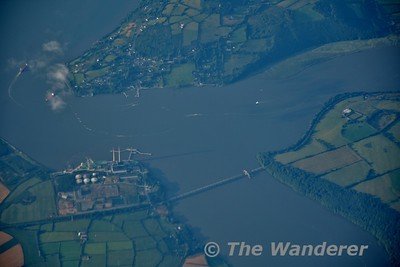
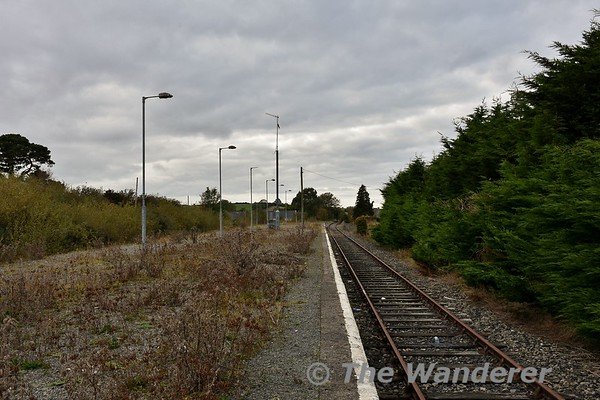
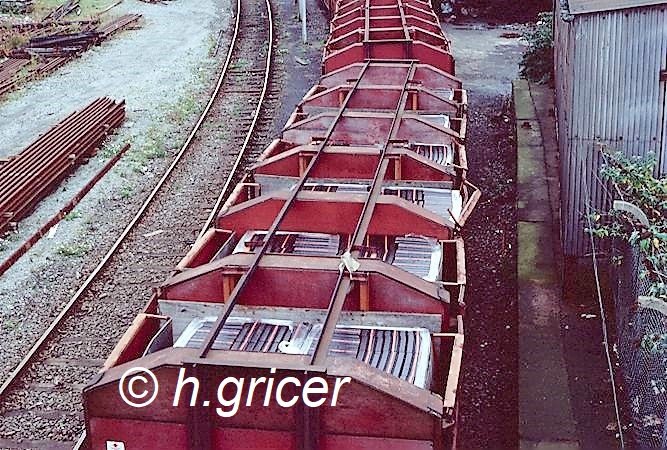
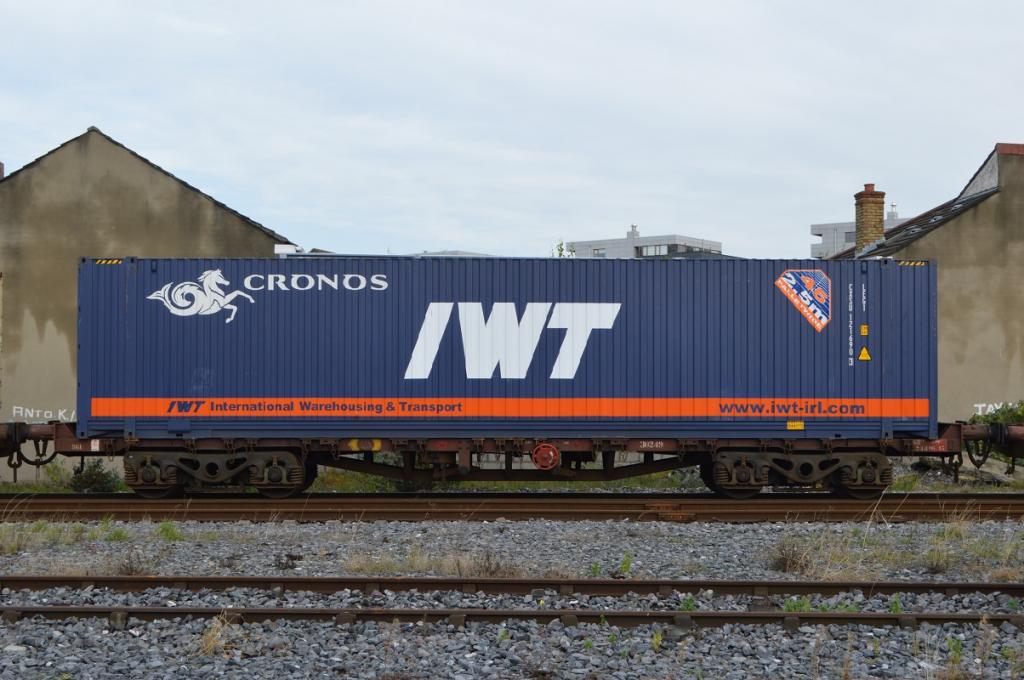
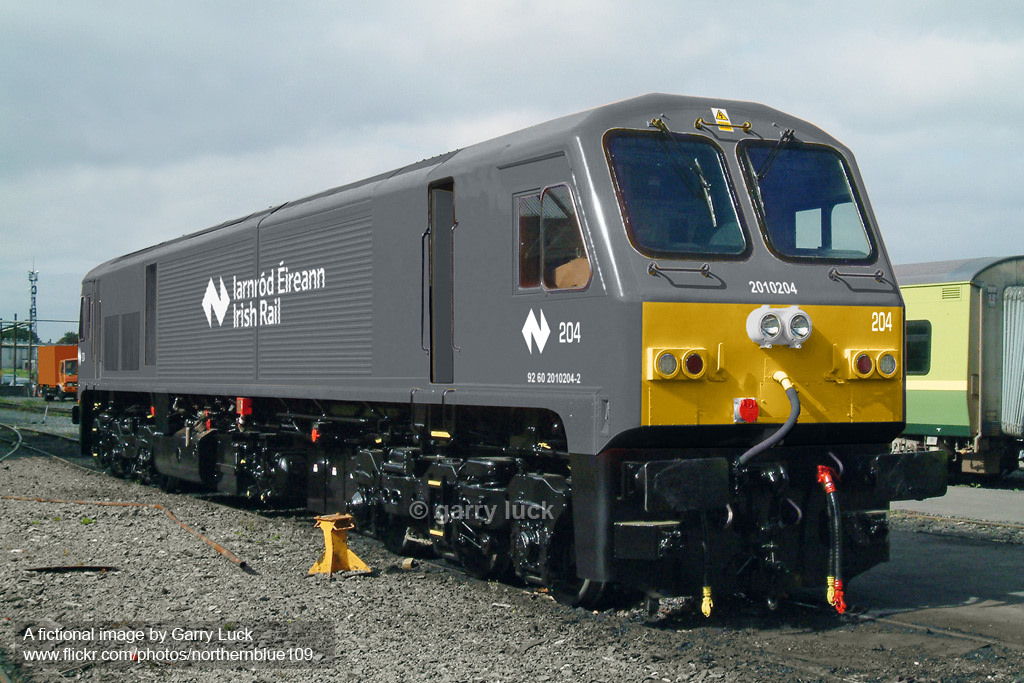
Working and Public Timetables
in General Chat
Posted · Edited by h gricer
Thank you, finally somebody on here gets it, I’ve been a member of the IRRS now for 38 years, and over many months on this forum I’ve read many comments regarding access to the photographic archive etc. and most of it basically untrue, derogatory words being used like ‘’squirreling’’ and slurs implying being unhelpful with photos, it actually amounts to slander and does nothing to encourage its very tiny number and hard working number volunteers. The IRRS are NOT the NLI, who have a fully paid staff, public body with bottomless finance and have their collections freely available to VIEW!!! The comparison is totally out of proportion its ridiculous. But NLI photos are not given away for nothing, some, but not always all, are freely available to view and browse, but make a purchase which I have done with some of the late member Jim O’Dea photos (often erroneously named as Jimmy here like the Comedian which he never ever was known by), now I haven’t got the latest price list, but over 10 years ago when I made my last purchase it was €10euro a print (and that was for personal use) if you purchased a print or prints to be used in any publication or promotion then the price of the print goes up to €70euro with credit going to the NLI, they own the copyright, what I’m basically saying, there’s nothing for nothing.
The IRRS is run purely on a voluntary basis with those giving their free time and often their own expense to benefit the society as well as helping others when and where appropriate and actually does need funding, for its Journal, equipment, storage, building (of which I know so well) and so on, the annual subscription alone doesn’t cover the cost, just covers the cost of the Journal, members make their photos freely available, while submitting photos to a magazine photographers get paid. The IRRS for what it is does an outstanding job particularly in recent years in saving photo collections (when I know previously nothing was ever done with them!!) and scanning them to the highest quality as every Journal I pay for and receive shows, to suggest and imply otherwise using those examples I mentioned at the start is nothing short of disrespect and hurtful to the individuals concerned. So nothing is free, if an individual joins The Zoology Society of Ireland they’ll give you a free pass and you can take a stroll around the zoo and view the animals, but they won’t let you take a lion home for the weekend, not even their members, see my point.
Regards
h.gricer